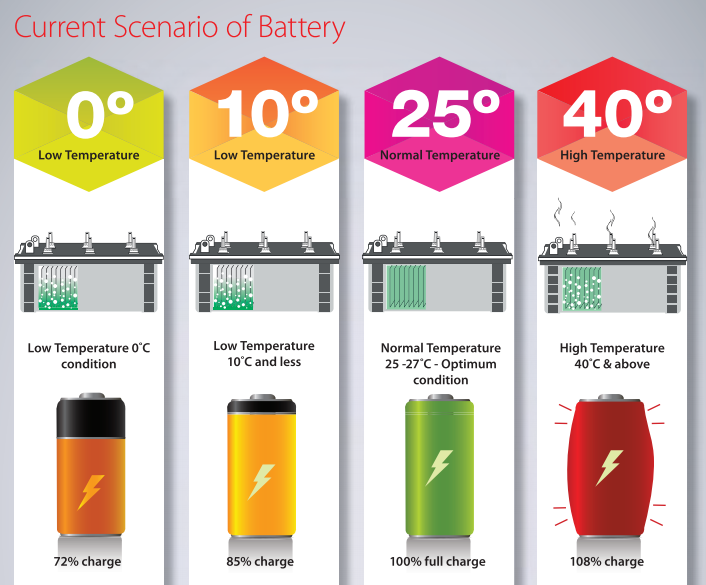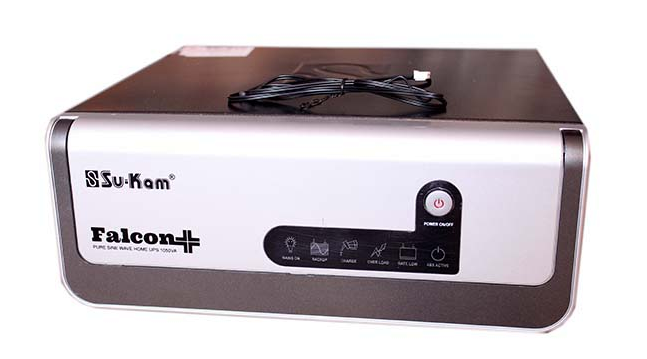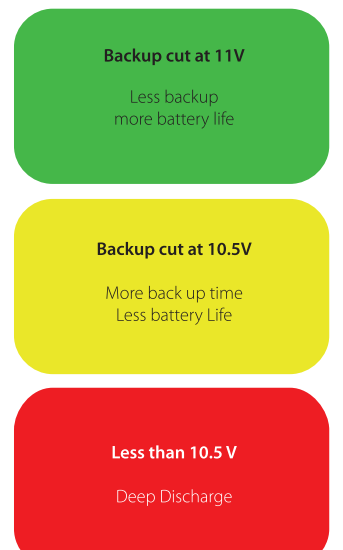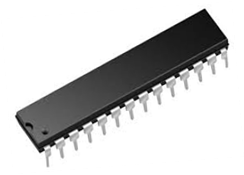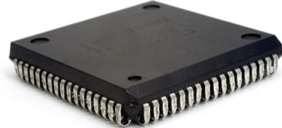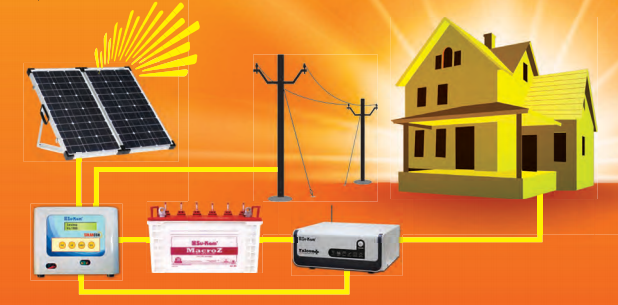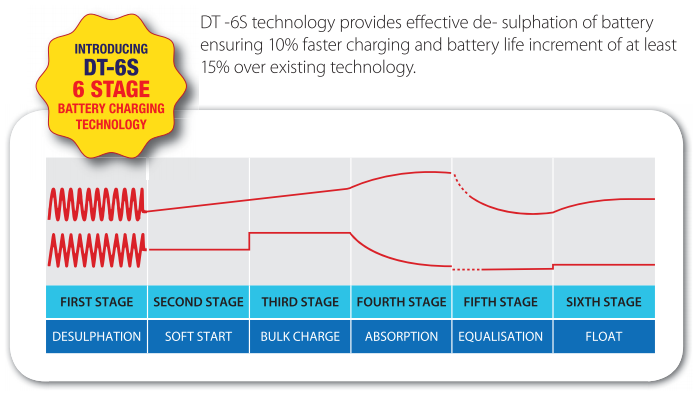Top 10 Clever Google Search Tricks
Whitson Gordon , Gawker MediaOct 26, 2013, 08.30 PM IST
FacebookTwitterGoogle+RedditLinkedin
Google is a more powerful tool than most people realize. You can get much more refined searches with Google's built-in tools
10. Use Google to Search Certain Sites
If you really like a web site but its search tool isn't very good, fret not-Google almost always does a better job, and you can use it to search that site with a simple operator
site:lifehacker.com before your search terms (e.g. site:lifehacker.com hackintosh). The same goes for your favorite forums, blogs, and even web services. In fact, it's actually really good for finding free audiobooks9. Find Product Names, Recipes, and More with Reverse Image Search

Google's reverse image search is great if you're looking for the source of a photo, wallpaper, or more images like that. However, reverse image search is also great for searching out information
8. Get "Wildcard" Suggestions Through Autocomplete

A lot of advanced search engines let you put a * in the middle of your terms to denote "anything." Google does too
how to jailbreak an iphoneand remove one word to see all the suggestions for how to ____ an iphone.7. Find Free Downloads of Any Type

Ever needed an old Android app but couldn't find the APK for what you were looking for? Or wanted an MP3 but couldn't find the right version? Google has a few search tools that, when used together, can unlock a plethora of downloads:
inurl, intitle, and filetype. For example, to find free Android APKs, you'd search for -inurl:htm -inurl:html intitle:"index of" apk to see site indexes of stored APK files. You can use this to find Android apps6. Discover Alternatives to Popular Sites, Apps, and Products

You've probably searched for comparisons on Google before, like
roku vs apple tv. But what if you don't know what you want to compare a product too, or you want to see what other competitors are out there? Just type in roku vs and see what Google's autocomplete addsbetter than roku to see alternatives, too.5. Access Google Cache Directly from the Search Bar

We all know Google Cache can be a great tool, but there's no need to search for the page and then hunt for that "Cached" link: just type
cache: before that site's URL (e.g. cache:http://lifehacker.com). If Google has the site in its cache, it'll pull it right up for you4. Bypass Paywalls, Blocked Sites, and More with a Google Proxy

You may already know that you can sometimes bypass paywalls, get around blocked sites, and download files by funneling a site through Google Translate
http://translate.google.com/translate?sl=ja&tl=en&u=http://example.com/ and you're good to go. Check out the full list of proxies, along with bookmarklets to make them even easier, here.3. Search for People on Google Images

Some people's names are also real-world objects-like "Rose" or "Paris." If you're looking for a person and not a flower, just search for rose and add to
&imgtype=facethe end of your search URL, as shown above. Google will redo the search but return results that it recognizes as faces!2. Get More Precise Time-Based Search Results

You've probably seen the option in Google that lets you filter results by time, such as the past hour, day, or week. But if you want something more specific-like in the past 10 minutes-you can do so with a URL hack
&tbs=qdr: to the end of the URL, along with the time you want to search (which can include h5 for 5 hours, n5 for 5 minutes, or s5 for 5 seconds (substituting any number you want). So, to search within th past 10 minutes, you'd add&tbs=qdr:n10to your URL. It's handy for getting the most up-to-the-minute news.1. Refine Your Search Terms with Advanced Operators

Okay, so this isn't so much a "clever use" than it is a tool everyone should have in their pocket. For everything Google can do, so few of us actually use the tools at our disposal. You probably already know you can search multiple terms with AND or OR, but have you ever used AROUND? AROUND is a halfway point between regular search terms (like
white teeth) and using quotes (like "white teeth"). AROUND(2), for example, ensures that the two words are close to each other, but not necessarily in a specific order. You can tweak the range with a higher or lower number in the parentheses.
Similarly, if you want to exclude a word entirely, you can add a dash before it-like
justin bieber -sucks if you want sites that only speak of Justin Bieber in a positive light. You can also use this to exclude other parameters-like excluding a site you don't like (troubleshooting mac -site:experts-exchange.com). Check out our guide to tweaking your Google searches













